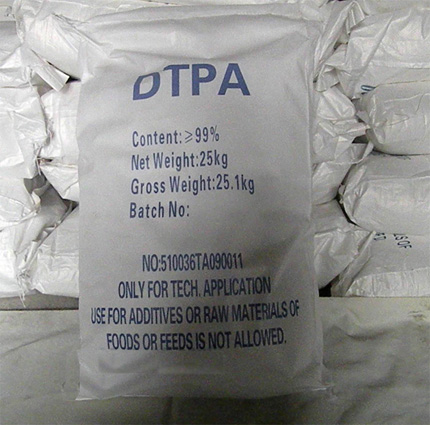Sulfones are amorphous engineering thermoplastics noted for high heat-deflection temperatures and outstanding dimensional stability. These strong, rigid
polymers are the only thermoplastics that remain transparent at service temperatures as high as 400°F.
Natural color of the sulfone resins is transparent light amber. Continuous use in air or in steam at rated temperature does not cloud, craze, or otherwise destroy their transparency. These resins are also available in opaque colors and in mineral-filled and glass -reinforced
compounds, which provide improved strength, stiffness, and thermal stability.
Sulfonation with sulfuric acid, chlorosulfonic acid, sulfur trioxide, and acetyl sulfate easily provides proton -
conducting polymer electrolytes, but these sulfonated polymer electrolytes decompose on heating above 200
deg cel because of desulfonation.





